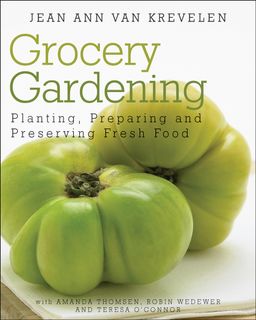"From ghoulies and ghosties and long-legged beasties,
And things that go bump in the night,
Good Lord, deliver us!"
Old Cornish Prayer
Since the earliest times, the evening of October 31 has been considered a scary time, when the dead walk among us and the witches are particularly powerful. So, I thought it would be interesting to research some of the old superstitions about Halloween or All Hallows E'en. Read them if you dare.
Keep Fires Lit: In earlier times, bonfires were lit on hilltops to drive off witches: and on no account were household fires allowed to go out that night, or evil things might gain an entry. Incidentally, if your fire flame turns blue, it's said that an other-worldly being has entered the room. Consider yourself warned.
Don’t Turn Around: If you’re walking on Halloween and hear footsteps right behind you – don’t turn around. You might find yourself staring Death in the face. And who wants that?
Meet a Witch: Wear your clothes inside out and walk backwards on Halloween night. It's a sure way to run into a witch ... or at least an angry "trick or treater."
Predict Future Spouse: Eager to know the identity of your next love? Tonight is the perfect time. Here's what you do: Go in a darkened room with a candle and step up to the mirror. Look in the mirror, eat the apple and comb your hair ... all at the same time. Supposedly, the face of your next loved one – or the devil – will appear over your shoulder.
Most Importantly: Have fun, stay safe and don’t eat too many sweets.
Select resources:
The Perpetual Almanack of Folklore
The Oxford Book of Days





















